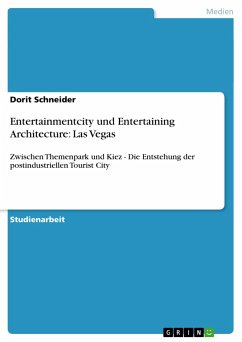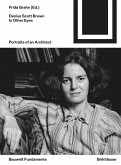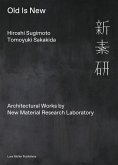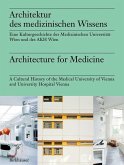The cities of Rome and Las Vegas commonly sit at opposite ends of what architecture represents: whereas the former capital of the Roman Empire is perceived as ancient, proper and eternal, Sin City is described as flashy, vulgar and fake. Yet, both find themselves historically and contemporarily at the intersection of power and play.Released fifty years after Denise Scott Brown and Robert Venturi's now canonical "Learning From Las Vegas" (1972), the images in this book capture the atmosphere of both cities from the sky to the ground, revealing unexpected similarities and rediscovering Las Vegas' extravaganza on the streets of Rome. Iwan Baan's photographs contrast and subvert common perceptions of authenticity and artificiality and ultimately question such bipolar distinctions. In their dialogue, the photographs follow Scott Brown and Venturi's plea to first look, understand and only then judge.








